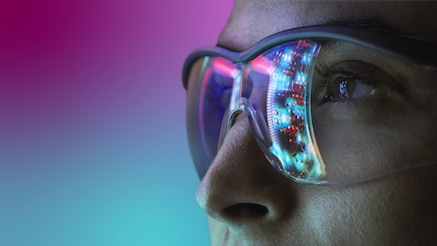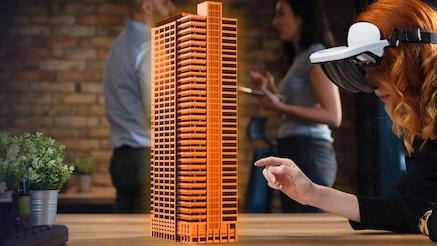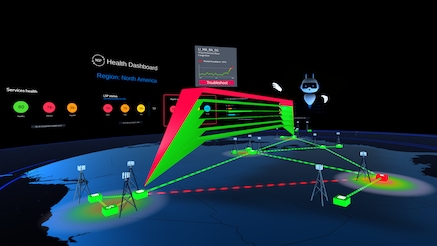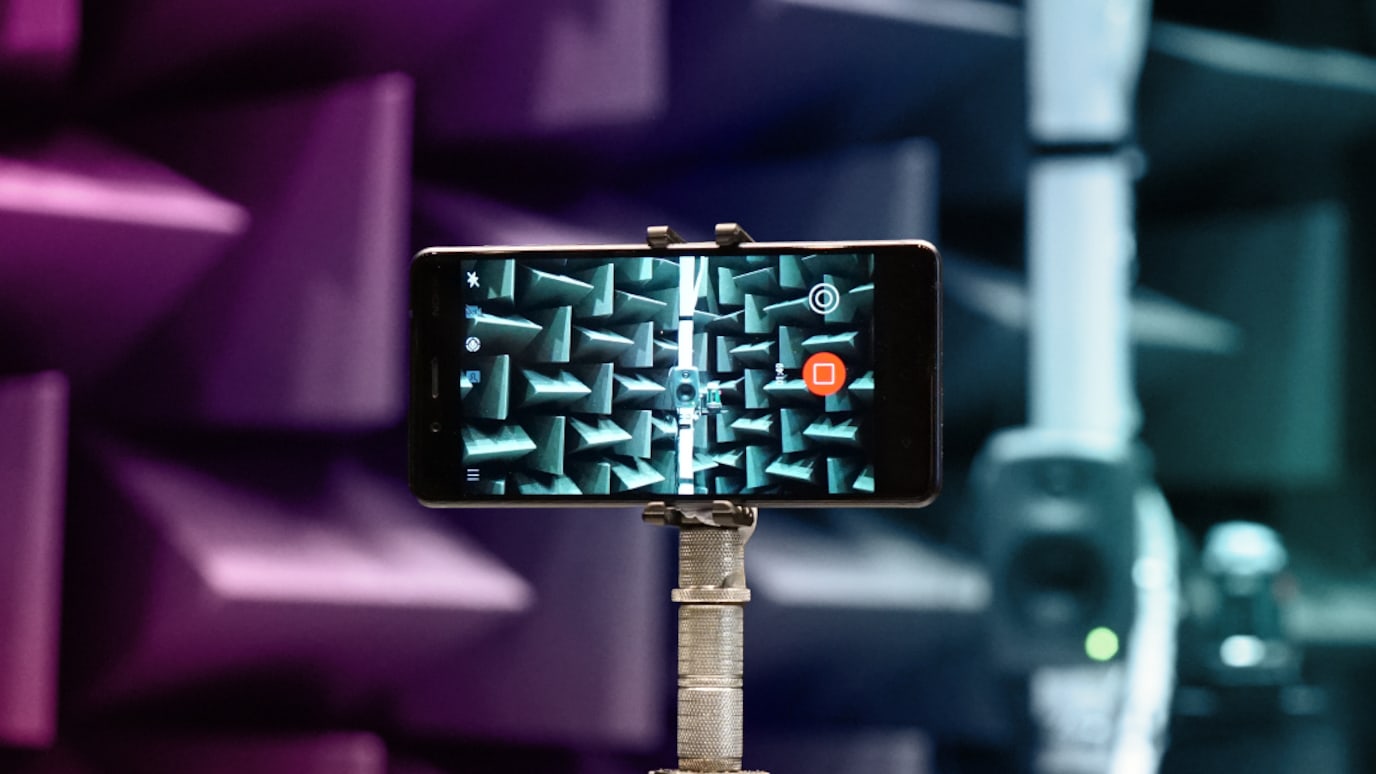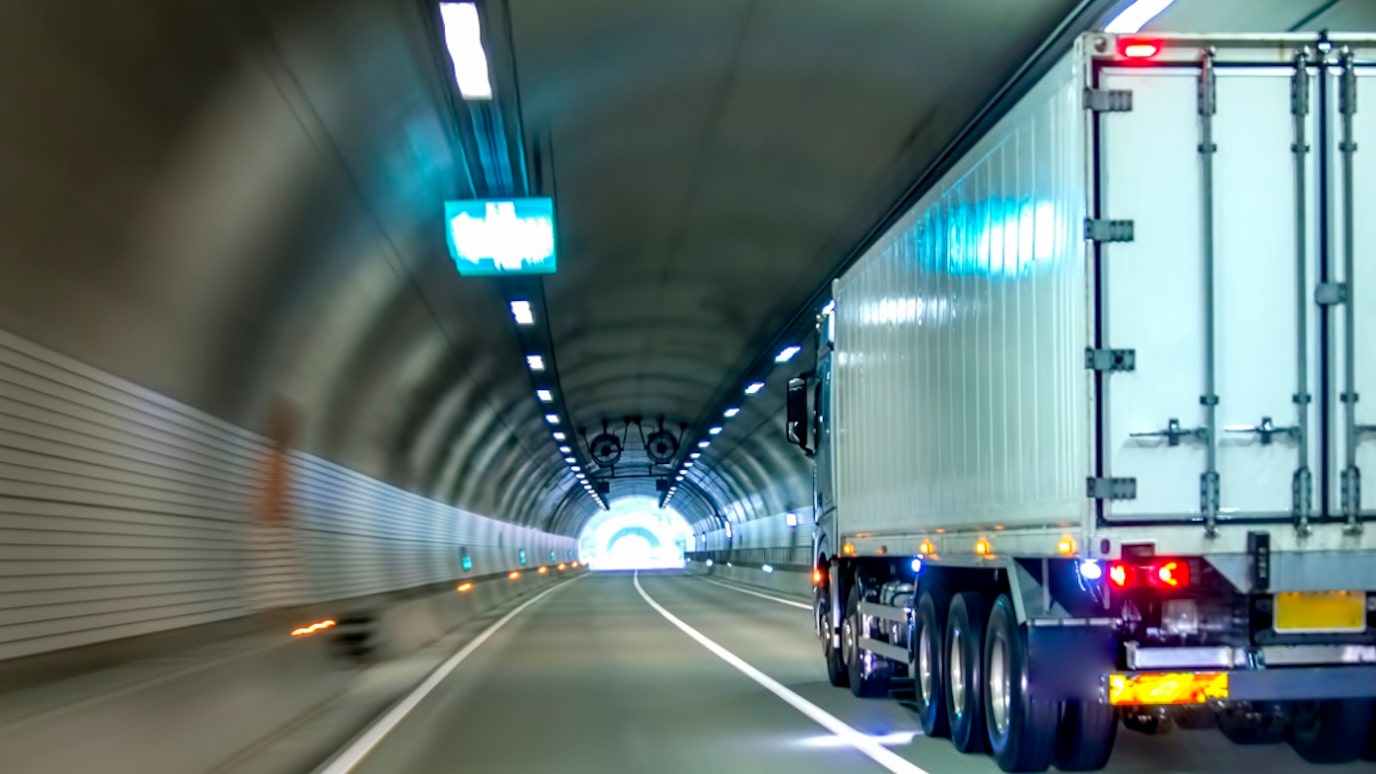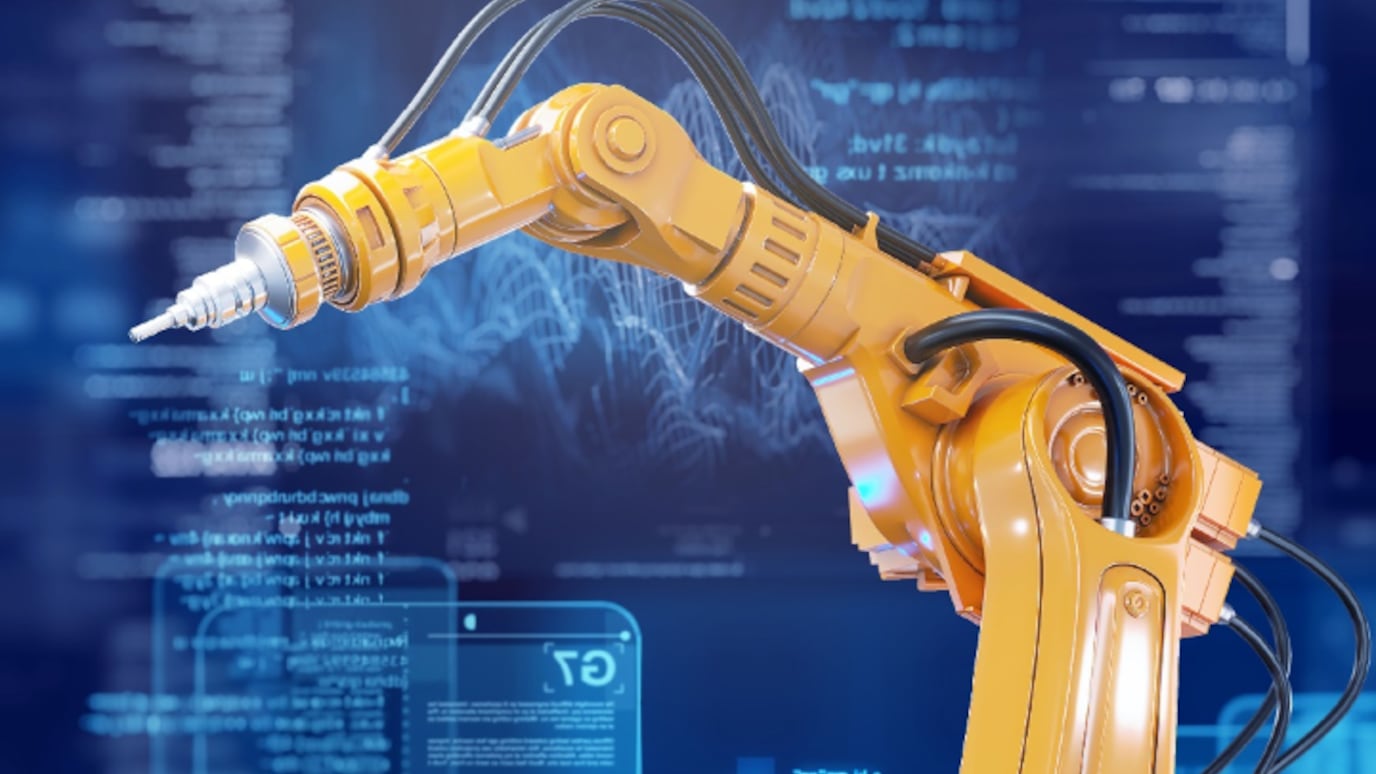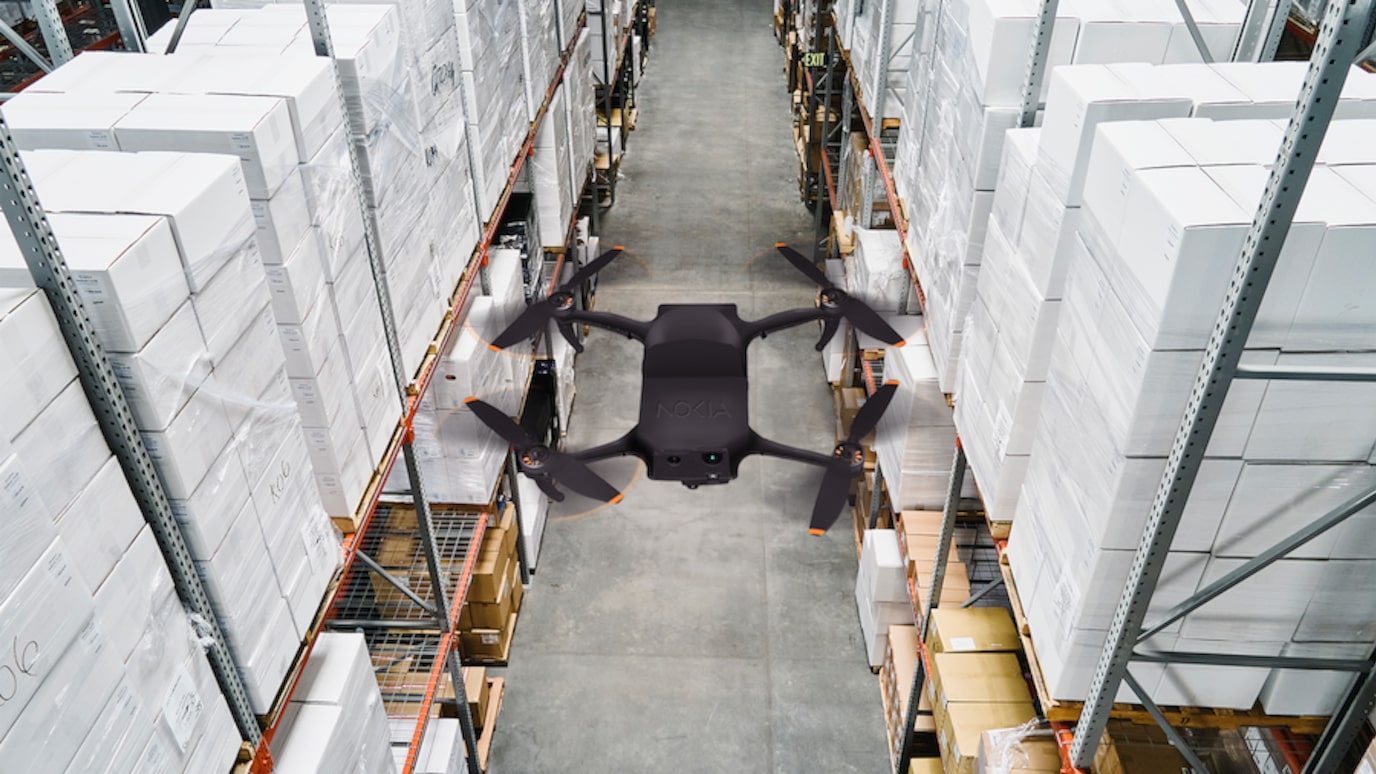Metaverse
The metaverse is coming,
bringing with it endless possibilities.
What is the metaverse?
The metaverse is a partial or fully immersive digital networked experience that brings together people, places, objects, and/or information in real-time in a way that transcends what is possible in the physical world alone.
The metaverse has vast potential to augment the human experience. It is expected to dramatically impact and enhance our social interactions, improve healthcare, education, and gaming, and generate novel business opportunities through the creation of virtual economies and currencies.
Is there just one metaverse?
In everyday use, ‘the metaverse’ refers to a single virtual world. In practice, however, there will be multiple metaverses. Nokia defines three different metaverse types in recognition that each type of metaverse serves a different purpose and each will develop at its own pace and priorities.
The three metaverse types are:
- consumer metaverse
- industrial metaverse
- enterprise metaverse
These three metaverse types, while serving different purposes, will have commonalities. Different metaverse types will connect in varying degrees, and they will share technologies, devices, and interfaces. Each metaverse instance will cater to different companies, communities, and users.
The consumer metaverse is primarily focused on entertainment and leisure activities, whereas enterprise and Industrial metaverses focus on business applications. And generally speaking, enterprise metaverses will focus on Information Technology applications, while an industrial metaverse will focus on Operations Technology and factory floor applications.
What is an example of the metaverse?
For the consumer metaverse, internet VR gaming platforms like Roblox, Fortnite, Decentraland, or The Sandbox enable users to explore digital worlds and interact with other avatars. Meta’s program Meta Spark brings together various virtual and augmented reality metaverse examples on their website.
Industrial and Enterprise metaverses use immersive digital experiences to improve worker productivity, knowledge, and safety. Digital twins are growing in sophistication and fidelity, assisting worker processes from design to manufacture to maintenance. This article offers six use-case examples of the metaverse at work for industry.
Is the metaverse the same as digital twins?
They aren’t the same, but they are closely related. The metaverse and digital twins are two emerging technologies that represent how we interact with the digital world. The metaverse refers to an immersive experience where users can interact with each other and digital objects in a three-dimensional digital space – real or imagined. On the other hand, digital twins are precise virtual replicas of real-world products, processes, or environments. A digital twin is a highly analytical tool that simulates the operation of a product or environment using mathematical models and data collected in the real world. See this video from Nokia partner Dassault Systèmes for a deeper look at digital twins for industrial metaverse applications.
Digital twins are used to create realistic representations of real-world objects and environments within a metaverse. For example, a digital twin of a city could be created and integrated into the metaverse, allowing users to explore and interact with the city in a virtual setting. Similarly, digital twins of products or devices are being used in the industrial metaverse for design, simulations, testing, and maintenance.
What technology is the metaverse built on?
Any metaverse experience involves several distinct building blocks or technology categories: devices, platforms, applications, and connectivity.
Users need to be able to access the metaverse through some digital interface or device. The device can be as commonplace as a smartphone or as sophisticated as a VR headset and a haptic suit for a more fused physical immersion into a digital realm. Metaverse platforms like Spatial.io enable developers to create virtual spaces for access by VR headsets and computers or tablets.
Some applications make the virtual space entertaining or productive, depending on the metaverse’s purpose. And lastly, there is the connectivity required to connect these four elements to enable a seamless experience. Learn more from our guide to the immersive future.
How do I access the metaverse?
Access to any metaverse will greatly depend on which of the three types of metaverses you are trying to access. For example, Industrial and Enterprise metaverses will very likely exist within closed secure computer and communications environments where access is restricted to and controlled by company employees. Some consumer metaverses, like several mentioned above, can be accessed through your web browser from anywhere in the world. More immersive virtual reality experiences may require a connected head-mounted display to access the virtual world.
In all cases, the main technology building blocks of the metaverse are needed to access the experience. Users need a device through which the metaverse can be presented to them. There are the platforms and applications on which the metaverse environment is executed, and of course adequate connectivity is needed to link the devices with the platform and application.
Does metaverse need 5G?
Connectivity is a critical underpinning for a successful immersive metaverse experience. And the greater the degree of immersion, the more bandwidth required and the greater sensitivity to round trip communications latency. The characteristics of 5G are well suited to supporting metaverse communications, but there are other communications technology options.
5G is designed for high bandwidth, low latency, wide-area communications. This makes it effective for metaverse use cases in which users are on the move across large areas, such as around an airport or a shipping port. Fixed line connectivity together with Wi-Fi can meet bandwidth and latency requirements, but this is better suited for indoor local area wireless applications. At-home or in-office use cases make sound technical and economic sense here.
Who is building the metaverse?
Given the wide range of technologies involved in, and the use cases for, an immersive online experience, the metaverse will not be exclusive to a single company. Companies specializing in technology building blocks of the metaverse, namely devices, platforms, applications, and connectivity, will need to work together to reach the metaverse’s full potential. We create a collaborative advantage by inviting diverse players into a digital community that encourages innovation and generates value for all involved. This approach also ensures metaverses are open, safe, secure, environmentally sustainable, and inclusive.
What is metaverse in telecom?
For communications service providers, metaverse represents potential new consumer and enterprise service opportunities, network infrastructure and capacity upgrade requirements, and network operations efficiency improvement opportunities.
New services will deliver connectivity solutions that meet the communications requirements of a company’s or a person’s preferred metaverse applications. This can range from on-demand and temporary low latency network slice for the gamer on the go, to advanced managed in-home Wi-Fi networking, to a managed private, secure cellular campus network with on-premise edge computing.
To become a reality, the Metaverse will require enhancements in communications service provider networks. Networks will serve as the critical enabler of the opportunities we anticipate the metaverse will bring to enterprises, industries and consumers. This will require networks that are robust, adaptable, and incredibly powerful.
For example, an October 2022 Wireless Broadband Alliance industry report summarizes various VR technologies' bandwidth and latency requirements. The target for extreme, high-resolution VR asks for 1-2.35 Gb/s with ten milliseconds latency.
There will need to be significant advancements in latency, bandwidth, and speed. Network service providers are well-positioned to deliver new metaverse capabilities and services to these customers.
And much like their industry customers, communications service providers can benefit from industrial metaverse technologies and applications for a range of network and customer operations tasks. One example is using augmented or virtual reality to educate workers on new equipment or task. Another is enabling faster problem resolution with ready access to site-specific digital and logical information for technicians.
Communications service provider networks are overrun with layer upon layer of logical information riding above the physical devices and connections. The metaverse’s immersive digital environments will dramatically improve situational awareness and time-to-understanding for network and service operations centers.

